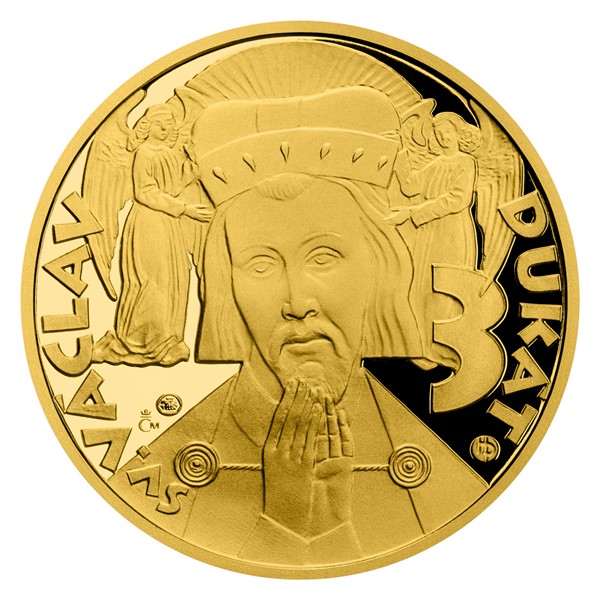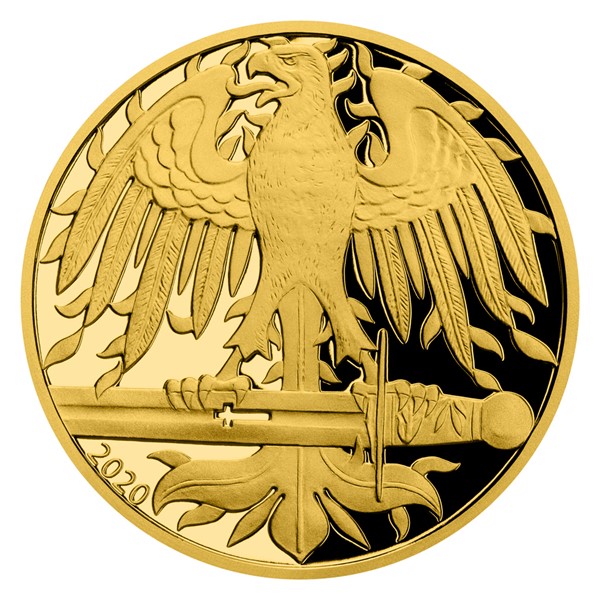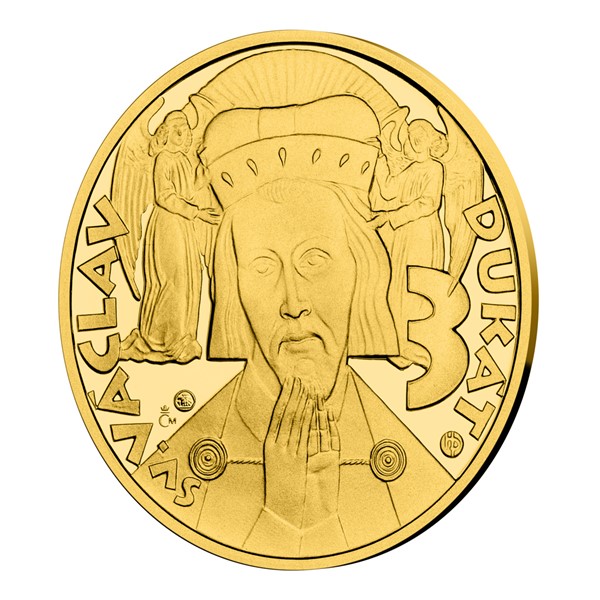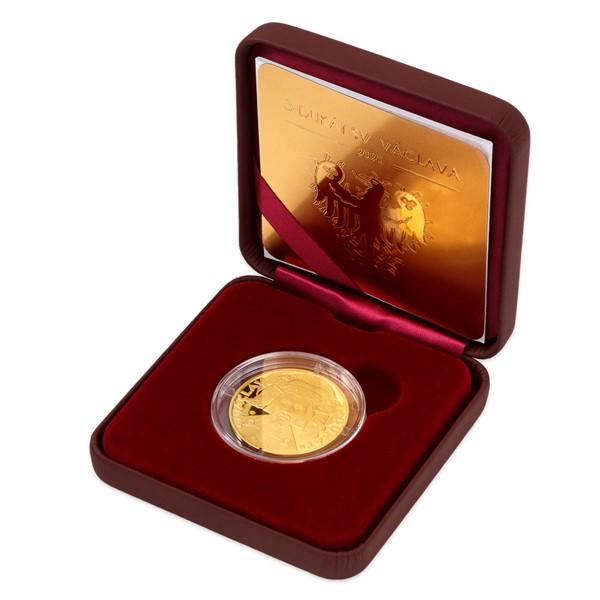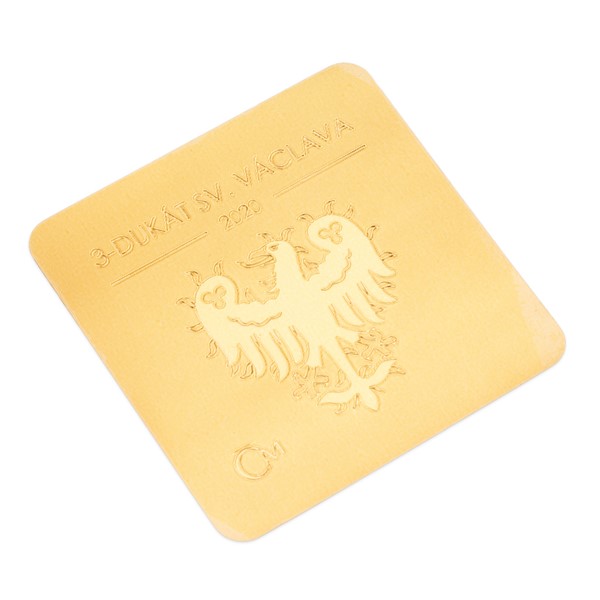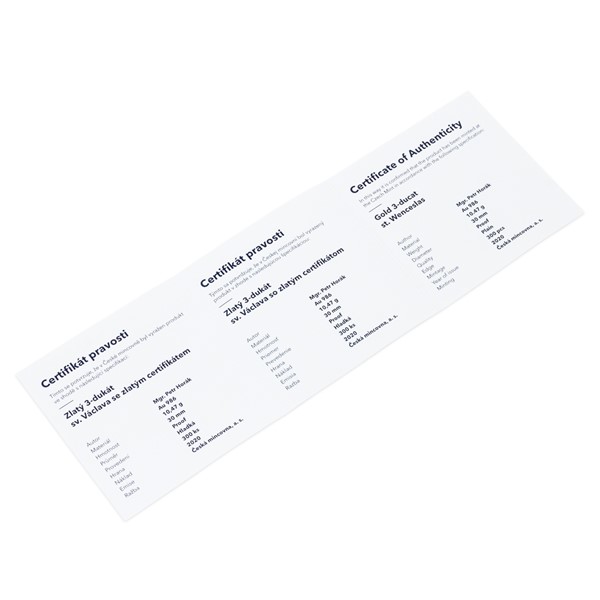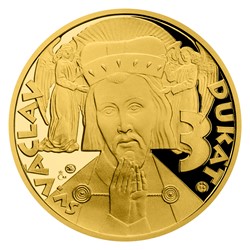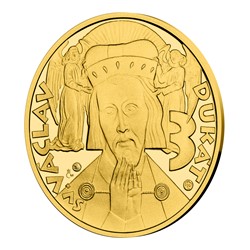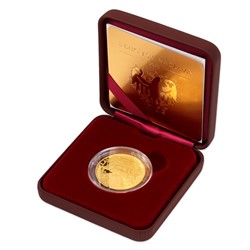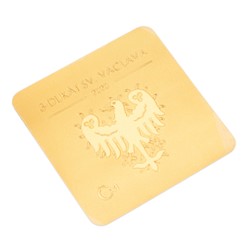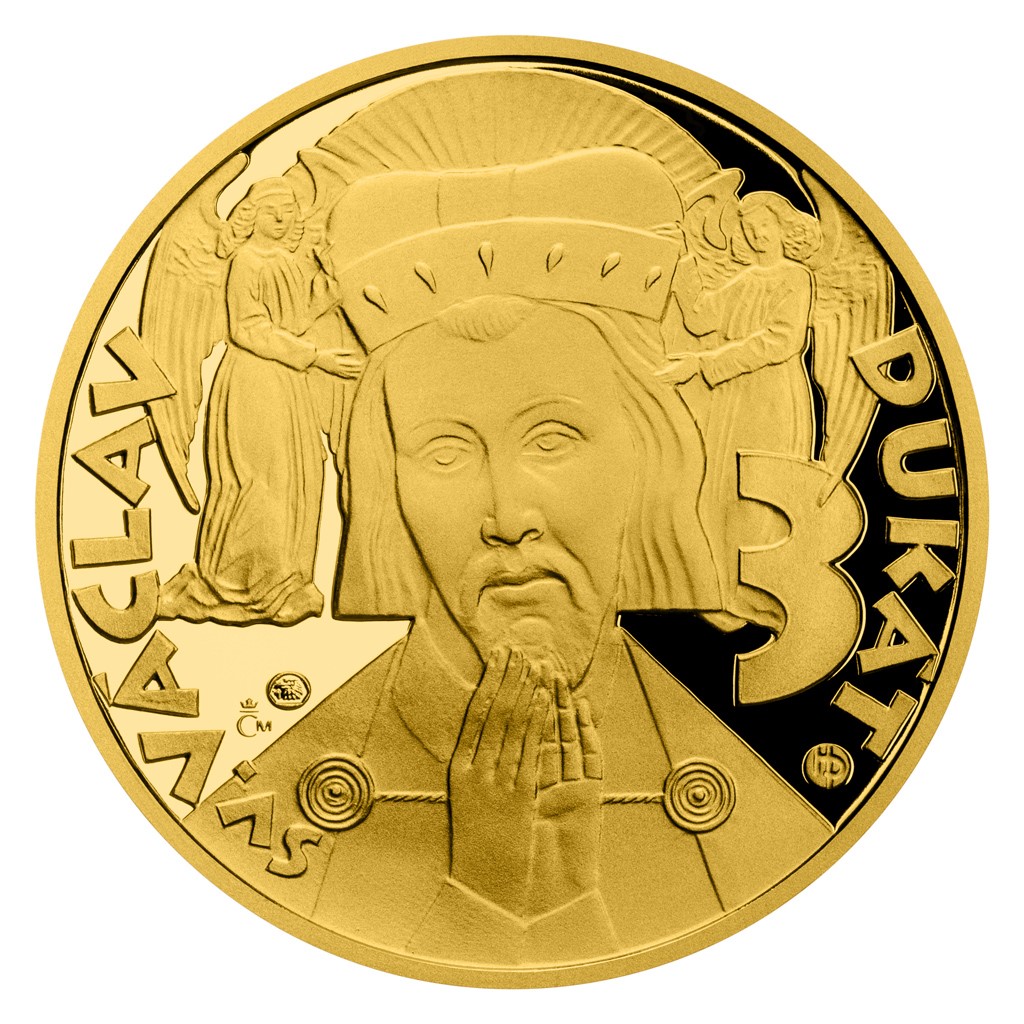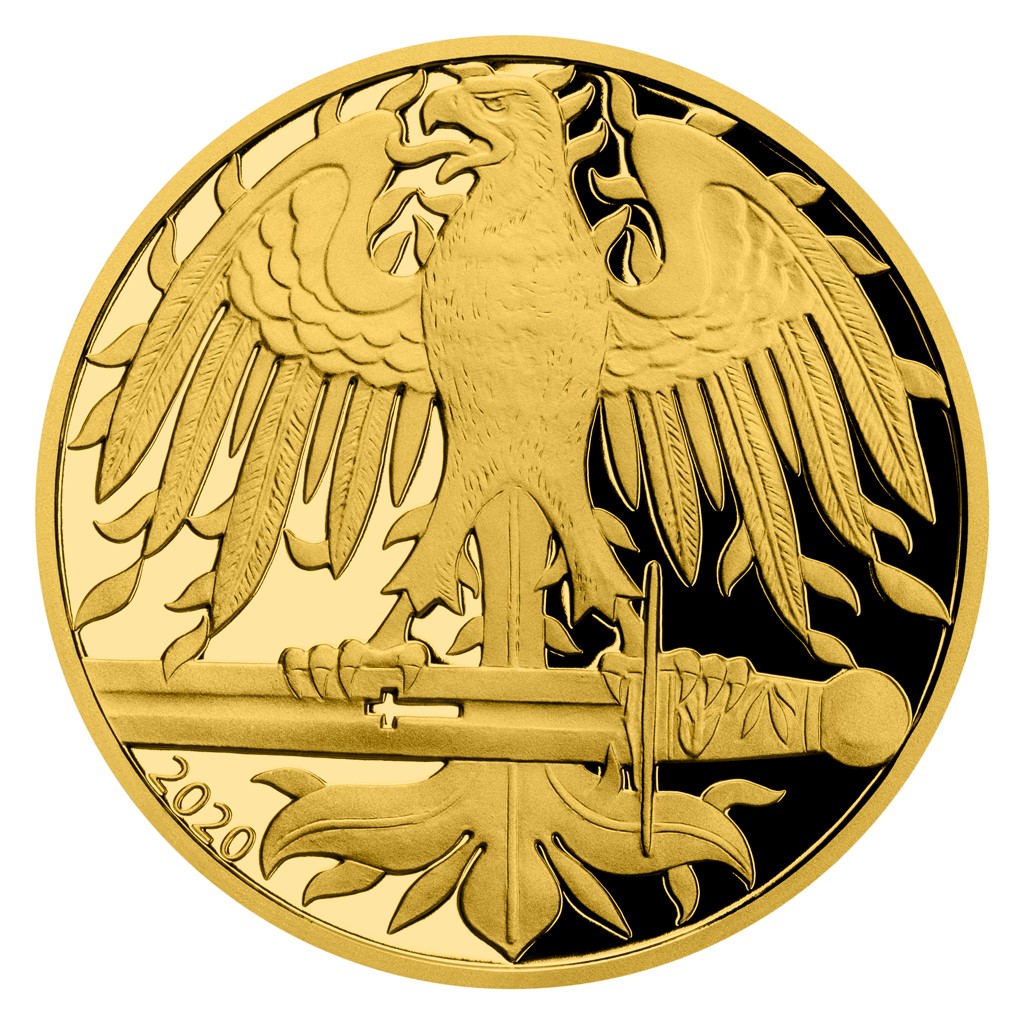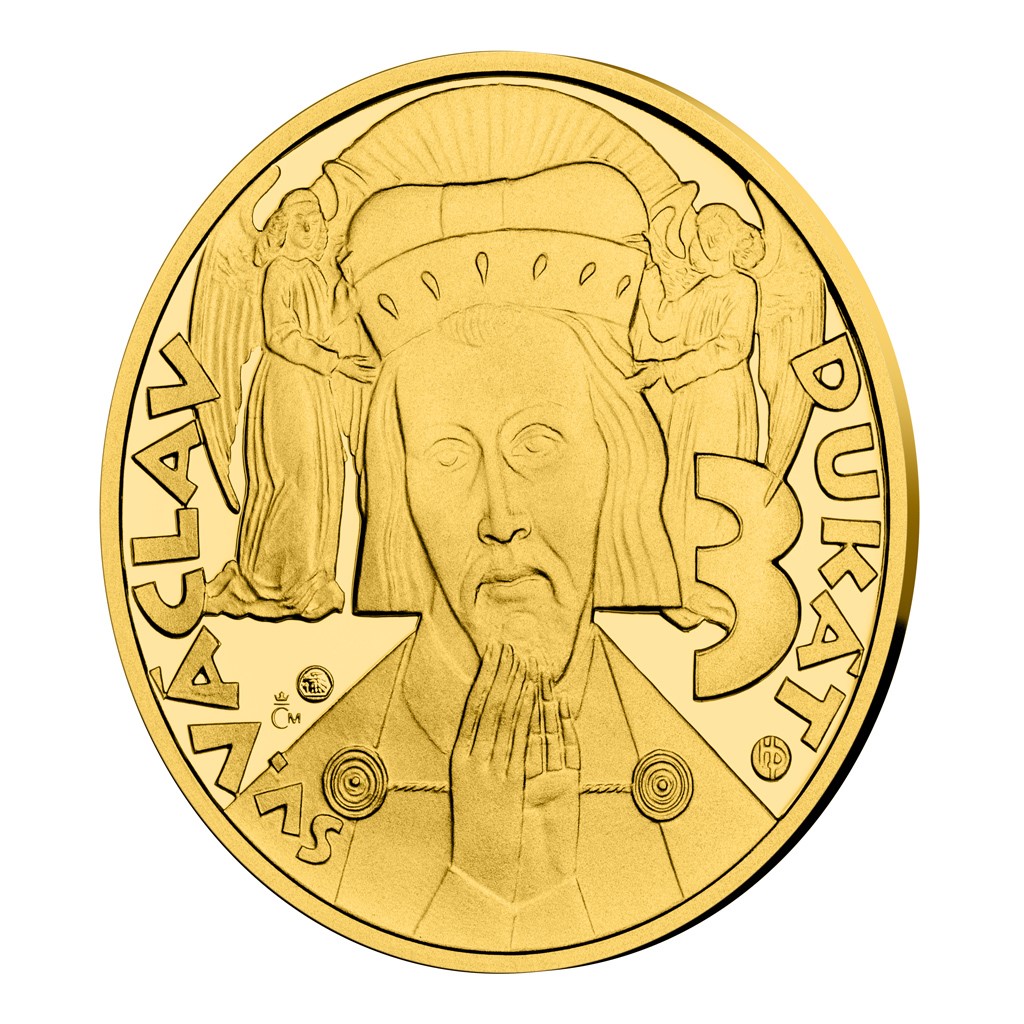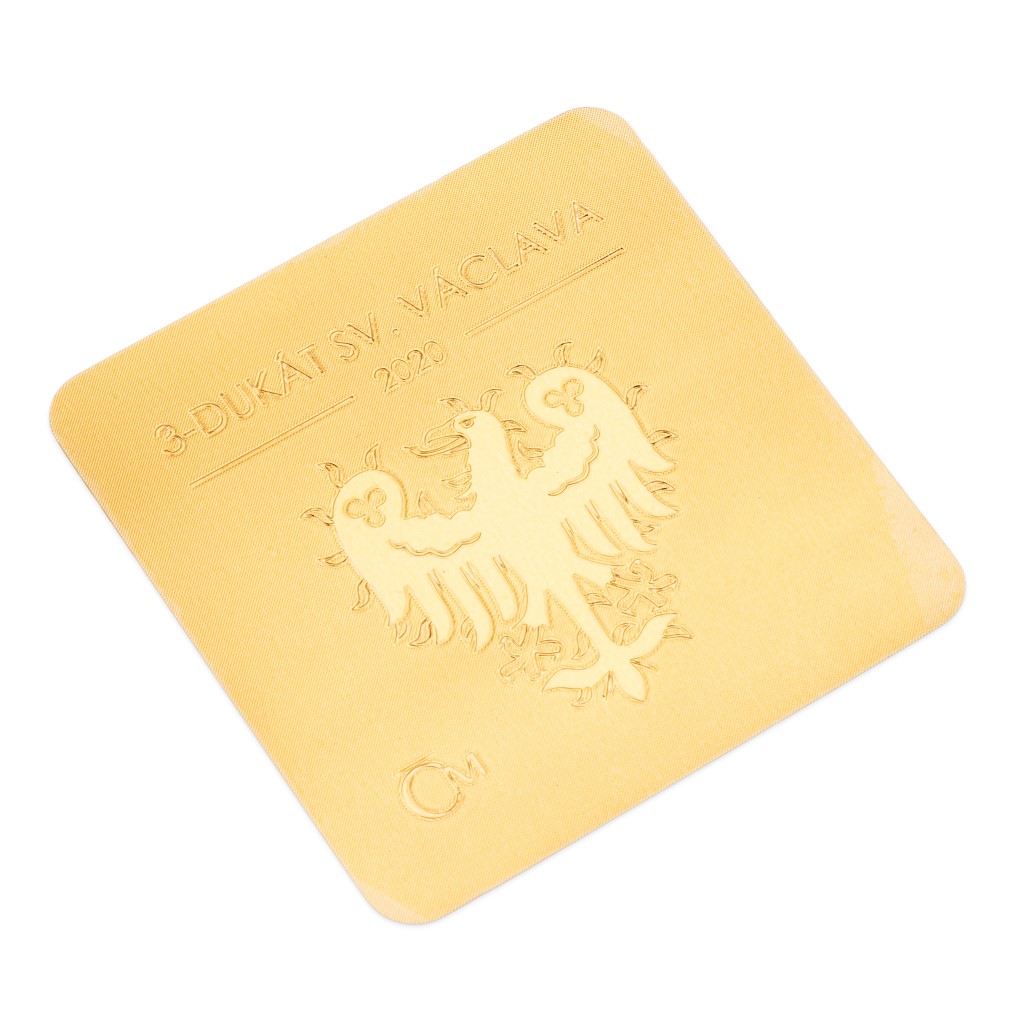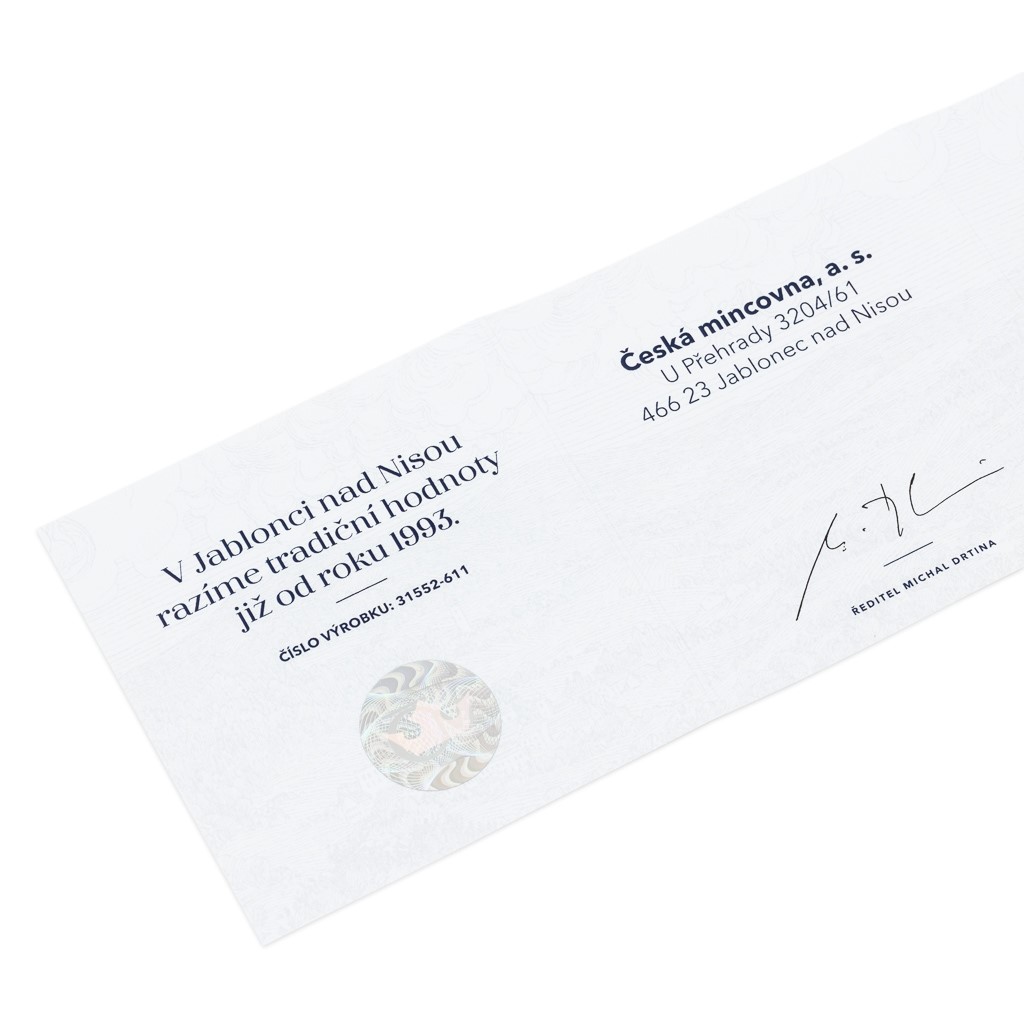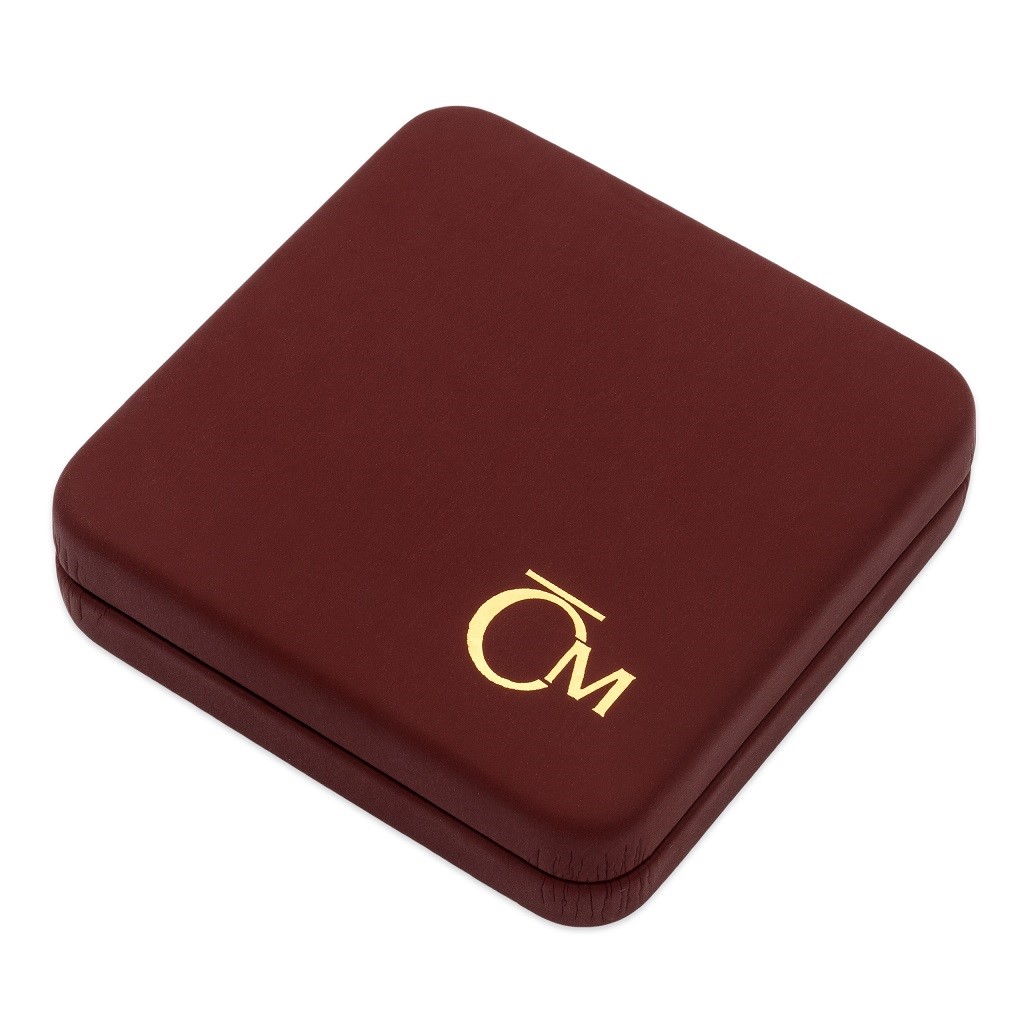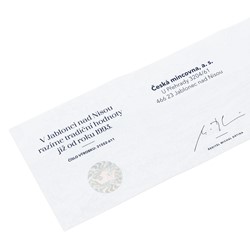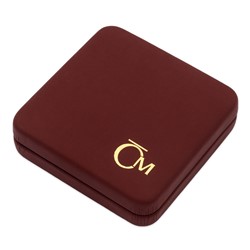Gold 3-ducat st.Wenceslas
Personal pickup at the store
Product description
Ducats of St. Wenceslas play an extraordinary role in the history of Czech minting. The Czech Mint issued its own gold three-ducat in 2020
It was in 1923, when the Minister of Finance Alois Rašín and his colleagues were thinking about how to celebrate the 5th birthday of Czechoslovakia. They decided to revive the historical tradition of minting of Czech gold coins, which dates back to the era of rulers John of Bohemia and Charles IV, and thus the First Republic's St. Wenceslas ducats came into existence. They were created by acclaimed artists Jaroslav Benda and Otakar Španiel. Alois Rašín, who was assassinated, had brought an attractive coin design depicting the patron saint of the Czech lands to the hospital, but he did not live to see the minting… The St. Wenceslas ducats were the so-called trade coins that served as a store of value, but they served mainly as a gift for important events - into the cradle, graduation or wedding. Their binding specification was 3.49 g of gold with a purity of 986/1000 - their multiples in the form of two-ducats, five-ducats and ten-ducats were also minted. They have many in common with new ducats of the Czech Mint.
The obverse side of the gold three-ducat, which was processed by the medal maker Mgr. Petr Horák, is dominated by Wenceslas in the form of a pious prince and saint, whom a pair of angels pays tribute to. The texts on the obverse side state SV. VÁCLAV - 3-DUKÁT (ST. WENCESLAS – 3-DUCAT). The reverse side of the mintage is then completely filled with a flaming eagle, which grips the St. Wenceslas sword in its claws.
Each mintage is accompanied by a unique certificate covered with a layer of pure gold.
 čeština
čeština
 slovenčina
slovenčina
 english
english
